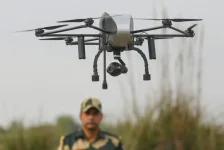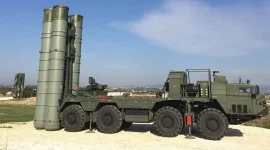- Views: 214
- Replies: 2
In a major push towards Atmanirbharta (self-reliance), Defence Minister Rajnath Singh approved the Execution Model for the Advanced Medium Combat Aircraft (AMCA) programme on Tuesday. The AMCA clearance marks a critical step towards realising India’s goal of joining an elite club of nations in designing and producing its own fleet of next-generation combat aircraft.
The project will be helmed by the Aeronautical Development Agency (ADA) of the Defence Research and Development Organisation (DRDO), said the Defence Ministry in a press release.
“In a significant push towards enhancing India’s indigenous defence capabilities and fostering a robust domestic aerospace industrial ecosystem, Raksha Mantri Shri Rajnath Singh has approved the Advanced Medium Combat Aircraft (AMCA) Programme Execution Model. The Aeronautical Development Agency (ADA) is set to execute the programme through Industry partnership,” said the Ministry in a statement.
The ADA is a dedicated arm of the DRDO that was established to oversee the development of India’s Light Combat Aircraft programme. It will lead the project in partnership with private industry partners. An Expression of Interest (EoI) for the AMCA Development Phase will be issued soon.
“Both private and public sector entities would be do bidding for the project, either independently or as a joint venture or as consortia. The entity/bidder should be an Indian company compliant with the laws and regulations of the country,” said the MoD statement.
The AMCA, widely seen as India’s answer to fifth-generation air power, will give a major boost to achieving ‘atmanirbharata’ in the defence sector and will become a hallmark of India’s growing defence capabilities.
Being the fifth-generation stealth multirole fighter equipped with cutting-edge technology, it will be suited for all-weather operation.
Designed with low radar cross-section and supercruise capability, the AMCA is seen as the successor to the frontline Sukhoi Su-30MKI fighter jets.
Some reports suggest that its mass production is likely to commence by 2035.




